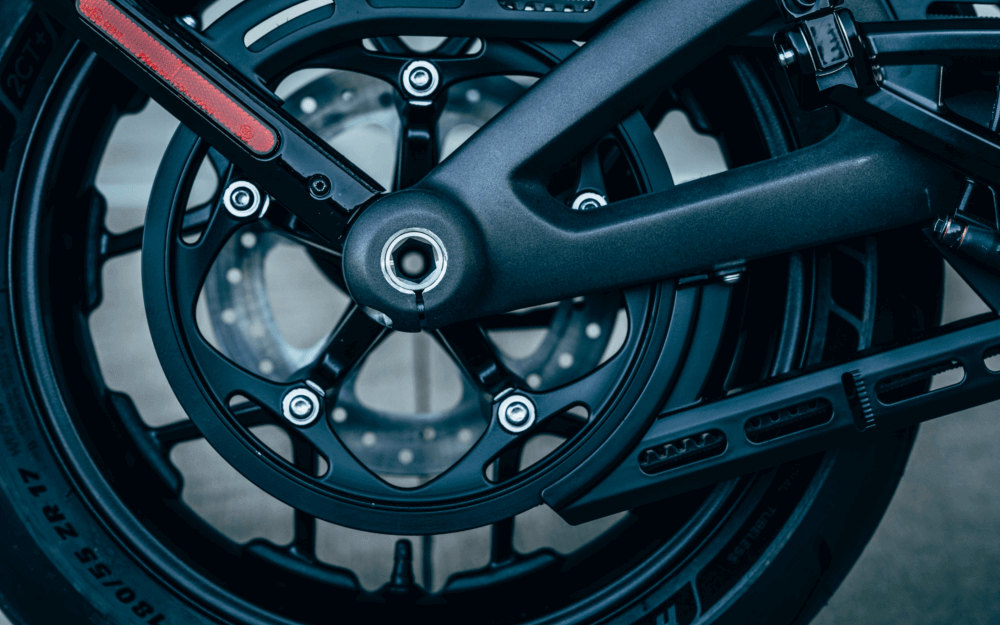
Of all the many components, mechanisms and gadgets of a motorcycle that need to be checked and maintained, tyre pressure is perhaps the easiest – although it can also cause potential problems if not looked after regularly. This blog will explore why tyre pressure is important and what you can do about it.
From a safety point of view, it makes sense to check the pressure of your motorcycle tyres every time you go for a ride, to make sure they’re not under- or over-inflated. Many service stations have automatic or manual air pumps, and motorcycle manufacturers will provide information in their manuals about the correct pressure for the tyres used with their bikes – and the pressures will often be different for the front and back tyres.
It’s also possible to buy pressure gauges and electric-powered air pumps from auto stores so that you can check the tyres’ pressures and pump them up before you leave home.
Like with cars, motorcycle tyres will usually include the maximum pounds per square inch (PSI) that they can be inflated to, although it’s best to follow the motorcycle manufacturer’s guidance on this, as the information on the tyres may not be suitable to your specific model of motorcycle.
If you don’t inflate your tyres to the correct pressure, here are several problems that can occur:
Handling
Motorcycle tyres generally have a rounder tread than automobile tyres, which helps with cornering and staying on the road. If a tyre is under- or over-inflated, it can make handling more difficult as the bike could then have too much or not enough contact with the road.
Wear
When your motorcycle’s tyres are inflated to the correct pressure, they should usually wear in an expected way. However, if the pressure is wrong, it can mean that the tyres may start wearing out in unexpected ways, and this can therefore affect your handling in significant ways, as well as reduce the life expectancy of the tyres.
Braking
While having a lower tyre pressure may help with braking in a shorter distance, due to the increased surface area of the tyre in contact with the road surface, it is definitely not recommended to lower the pressure simply for this reason. As stated above, the tyres will then start to wear more quickly and it could affect handling if the pressure is too low. If the pressure is too high, you will then have less contact area between the tyre and the road, so this could increase your braking distance, obviously impacting safety.
Damage
Motorcycle tyres with a lower pressure have an increased surface area in contact with the road and therefore there is a greater area of tyre that can be impacted by obstacles such as stones or glass. The lower pressure can also cause an increase in temperature of the tyre, affecting the durability of the rubber and making it more susceptible to damage. If the tyre is over-inflated, particularly by a large degree, hitting kerbs or speed bumps at a fast speed may even cause the tyre to burst.
Comfort
While a lower tyre pressure may increase the comfort of your ride (as bumps won’t be felt as much as when the pressure is higher), the trade-off is an increased chance of experiencing some of the issues stated above.
For the sake of your safety and the longevity of the tyres, we hope it’s now much clearer why having the correct pressure for your motorcycle tyres is so important. We also hope you understand the importance of, and how motorcycle insurance works. Trust Swann to keep you covered! Take a look at our range of motorcycle insurance, from comprehensive to dirt bike cover, and get a quote in under a minute!
